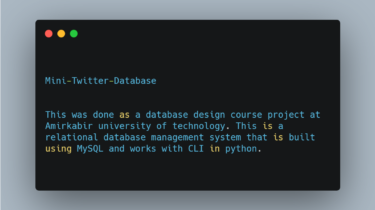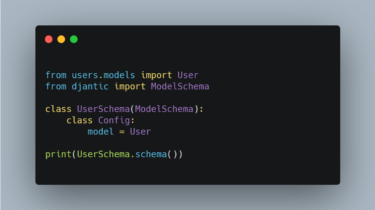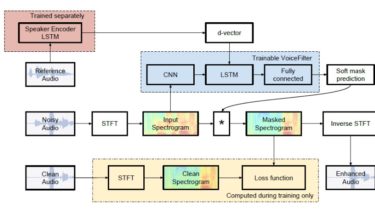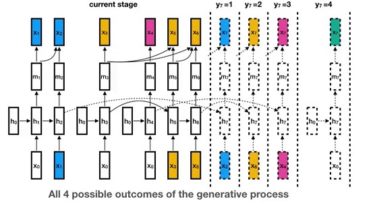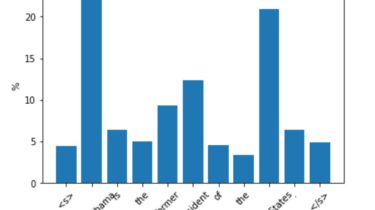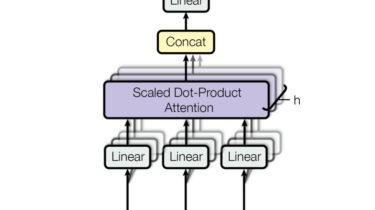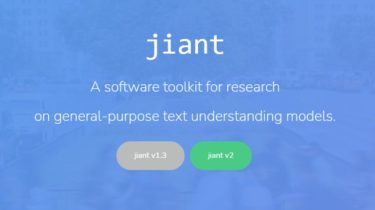Boilerplate code for quick docker implementation of REST API
Boilerplate code for quick docker implementation of REST API with JWT Authentication using FastAPI, PostgreSQL and PgAdmin. Getting Started Features Auth Description Login Access Token OAuth2 compatible token login, get an access token for future requests Check Session Test if a user is logged in by checking if a valid access token is in the header Recover Password Password Recovery Reset Password Reset your password User Description Create New User Create a new user Get Current User By Id Get […]
Read more
